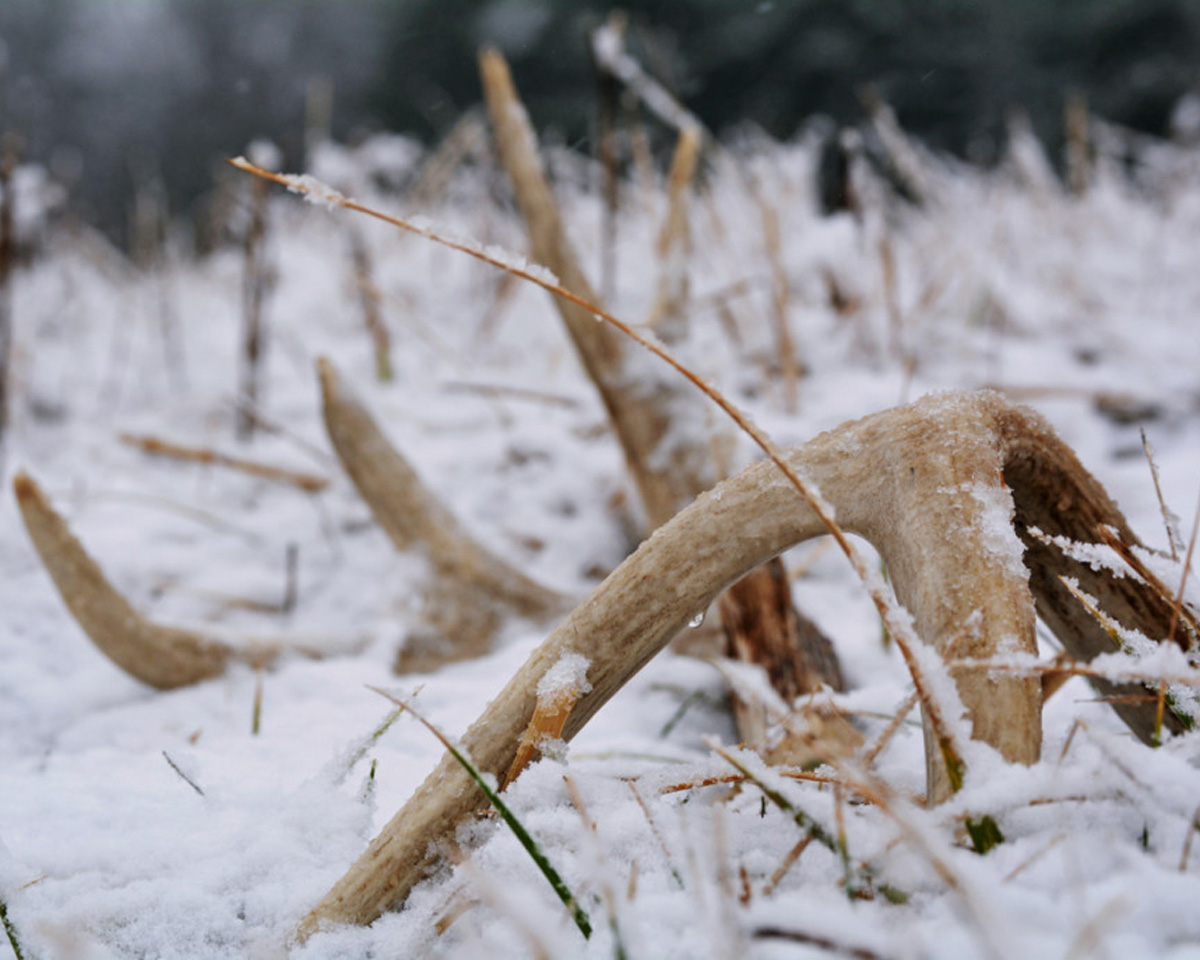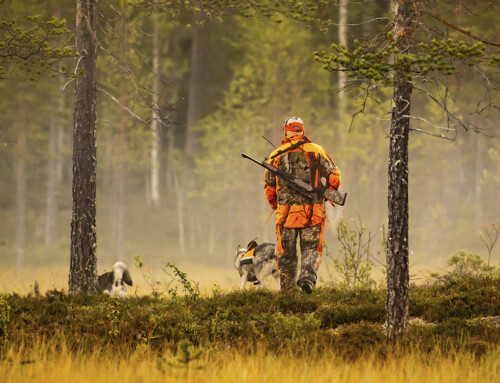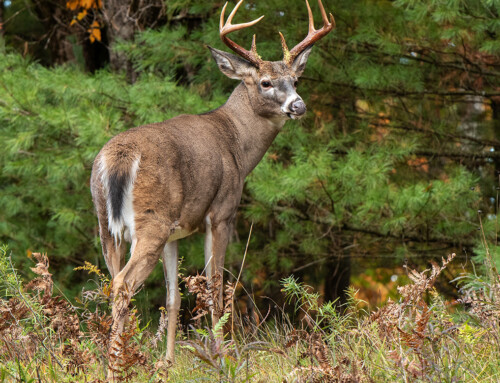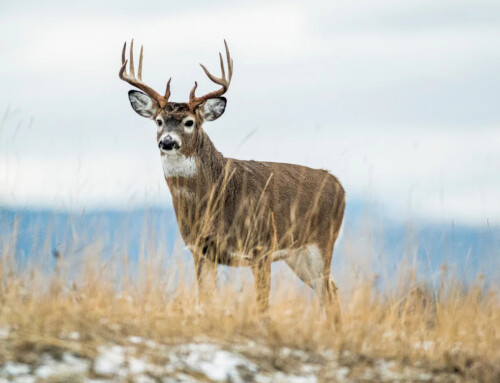What is Shed Hunting?
The LIFECYCLE of the Antler:
 A Whitetail Buck drops its antlers after mating season, which is called the rut. The rut is when the bucks testosterone levels are at their lowest. The antlers start growing again in a few weeks after they drop them. Antlers begin as living tissue and are soft and delicate. While the antlers are growing, they are covered in velvet, which provides blood flow to the antlers to fuel growth. During this point, the antlers are capable of growing up to two inches per week. As the months progress, the testosterone levels increase, and eventually this hormone elevation and halts the antler growth all together by shutting off the supply of blood to the tissue. The buck will then rub against a tree or brush in order to lose the velvet. Most deer can remove the velvet within a few days. They now carry the fresh, full-grown rack through the fall and some of the winter months, until they lose them after the rut. The process then starts all over again.
A Whitetail Buck drops its antlers after mating season, which is called the rut. The rut is when the bucks testosterone levels are at their lowest. The antlers start growing again in a few weeks after they drop them. Antlers begin as living tissue and are soft and delicate. While the antlers are growing, they are covered in velvet, which provides blood flow to the antlers to fuel growth. During this point, the antlers are capable of growing up to two inches per week. As the months progress, the testosterone levels increase, and eventually this hormone elevation and halts the antler growth all together by shutting off the supply of blood to the tissue. The buck will then rub against a tree or brush in order to lose the velvet. Most deer can remove the velvet within a few days. They now carry the fresh, full-grown rack through the fall and some of the winter months, until they lose them after the rut. The process then starts all over again.
Where to Hunt:
Although the antlers could be anywhere, there is a higher chance to finding them where the deer hangout most of the time during the shedding season. To save yourself from aimlessly walking every inch of your property, first observe the grounds near food sources, around their bedding area, and the trails that connect the two. Be sure and concentrate on creek beds and fence lines where deer tend to cross.
On average, whitetail deer drop their antlers sometime between the months of late December to early March, but it will more than likely happen in the month of February. Shed hunting is all about hitting the woods at just the right time. It is very important to avoid going too early because you may disturb the food sources and trails leading to their bedding areas. You do not want to scare the deer out of these areas. Squirrels and mice will feast on the antlers as well. A big reason for not wanting to go hunting too late.
Shed hunting is a fun and beneficial off-season activity. As a hunter, we cherish the time that we are able to spend outdoors. Shed hunting can also be directly beneficial toward your future hunts. It enables you to take inventory of the bucks that survived the fall hunt. Definitely helps to let you know what deer may be there next season. Shed hunting is a wonderful activity that allows you to spend time with the ones you love. Invite a few hunting buddies and family members to come join in on a weekend quest in the woods.
Happy Hunting!






